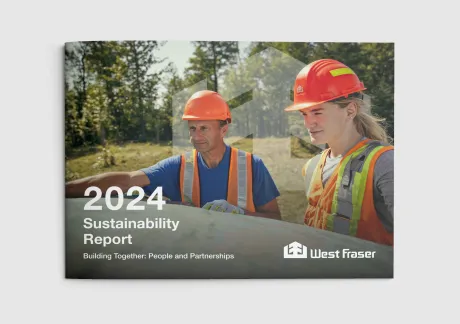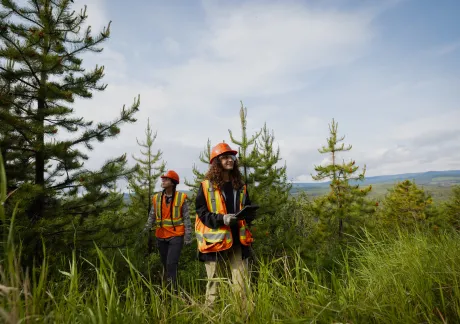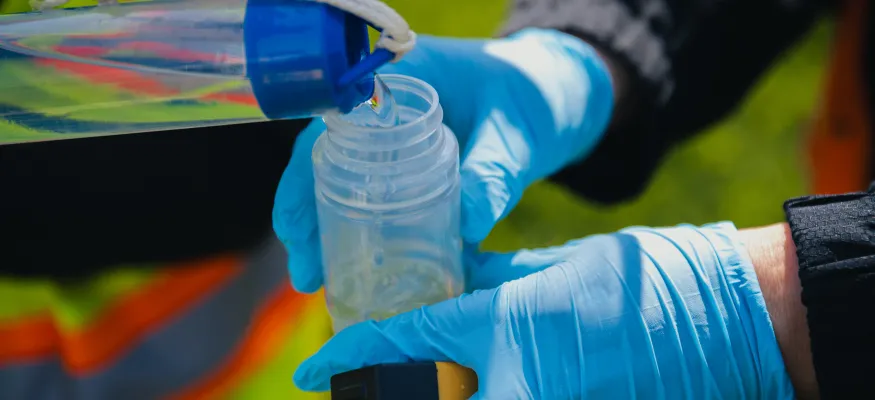
Air, Water, Waste & By-products
Stewarding Resources
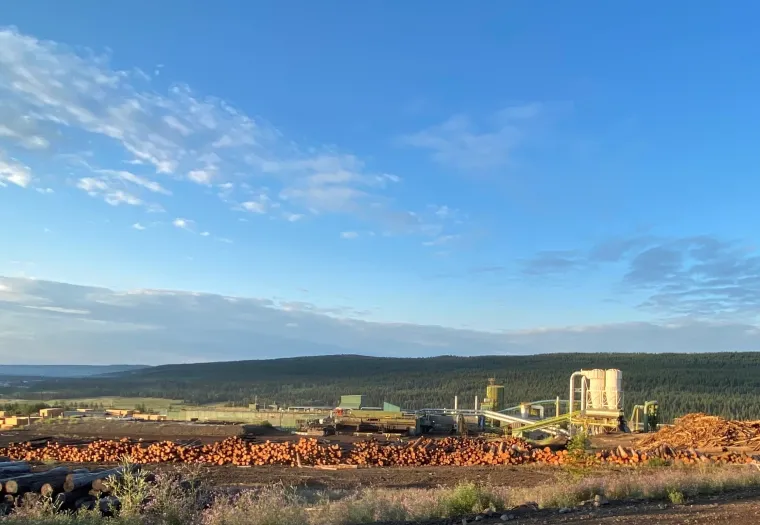
Air quality and air management is crucial to the communities surrounding our operating areas. We are committed to continuous air management improvement, and we have set targets established to drive improved performance.
Air emissions are generated through activities that include drying processes in our engineered wood and lumber kilns and biomass or fossil fuel combustion systems that provide heat and electrical energy for our manufacturing processes. We also monitor emissions from transportation, material handling, bleaching processes and owned landfills.
All emissions sources are authorized by respective regulatory agencies to meet applicable air quality standards.
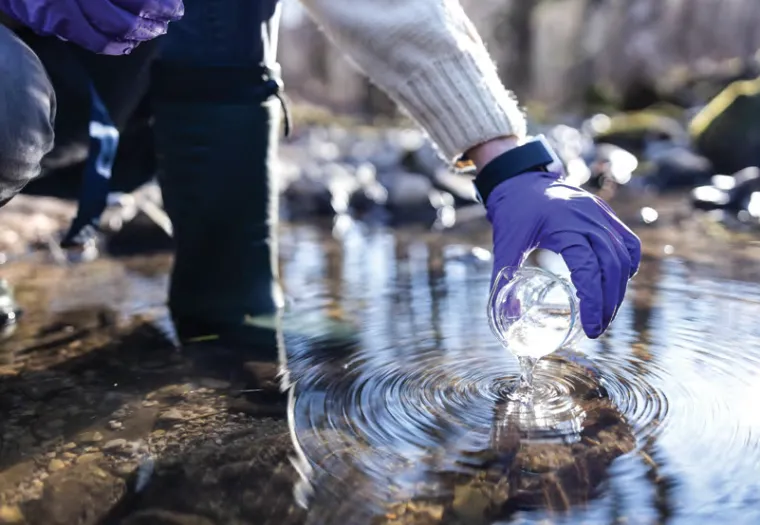
Water, a vital natural resource, is carefully managed in our woodlands and manufacturing operations and we operate under strict regulations regarding the protection of watercourses.
Landscape water management supports healthy ecosystems. In fisheries and key watersheds, we monitor and manage hydrological recovery. We design regional watershed plans to mitigate risks and sustain water quantity and quality. We engage with Indigenous communities, sustainability collaborators, environmental associations and provincial and federal agencies to adopt best practices and incorporate traditional knowledge into our long-term forest management plans for optimal resiliency.
Water also plays a key role in our manufacturing processes. We monitor and manage our effluent discharge quality, as well as work to reduce water consumption at higher water-use operations like our pulp and paper mills.
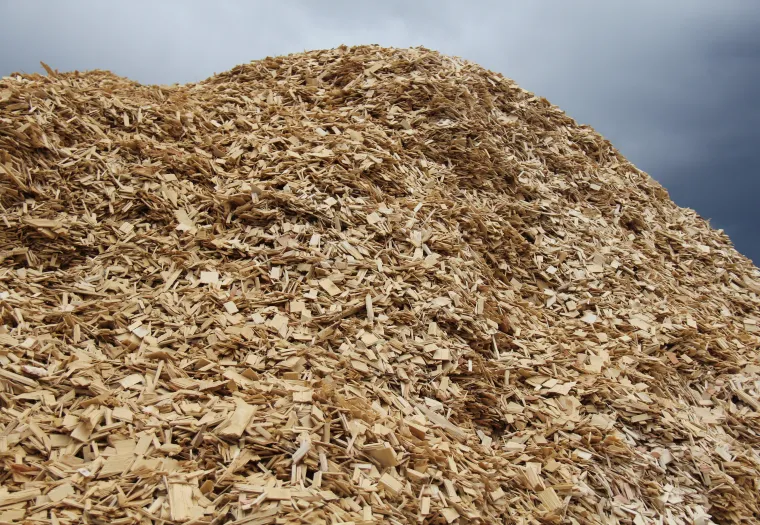
We strive to derive the highest value from the wood fibre used in our processing and manufacturing operations, maximizing fibre utilization and recovery. By making the most efficient use of renewable natural resources, reducing waste and improving recovery—as well as supporting the value-added products sector—we enhance the circularity of our manufacturing processes.
Sawdust and shavings from our lumber mills supply our MDF plants, or they can be transformed into fuel and energy to run our mills. They can also be sold for agricultural purposes. Wood chips and the wood cores from our lumber, plywood and veneer operations are used to make pulp. Even the heat, steam and gases that develop during our manufacturing processes can be captured to provide energy to our mills.
We continue to explore new ways to use wood by-products, and this is an important way that the company is minimizing waste.
